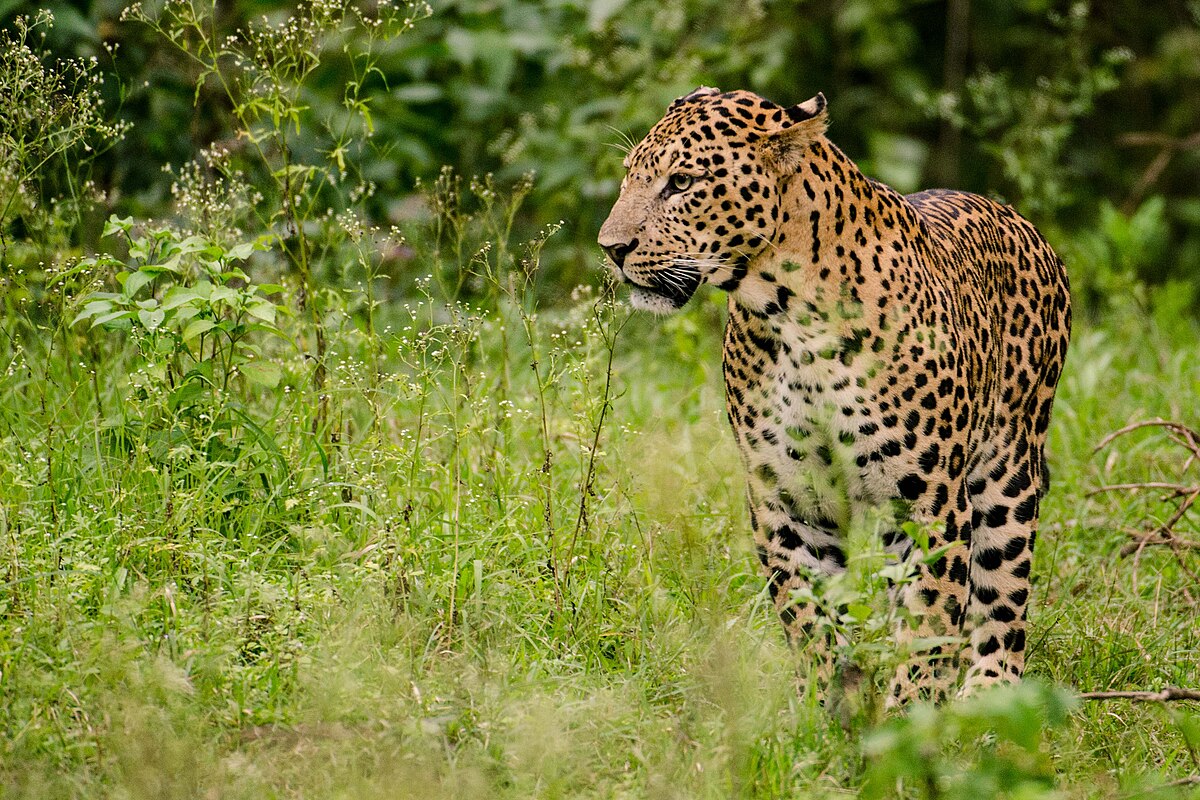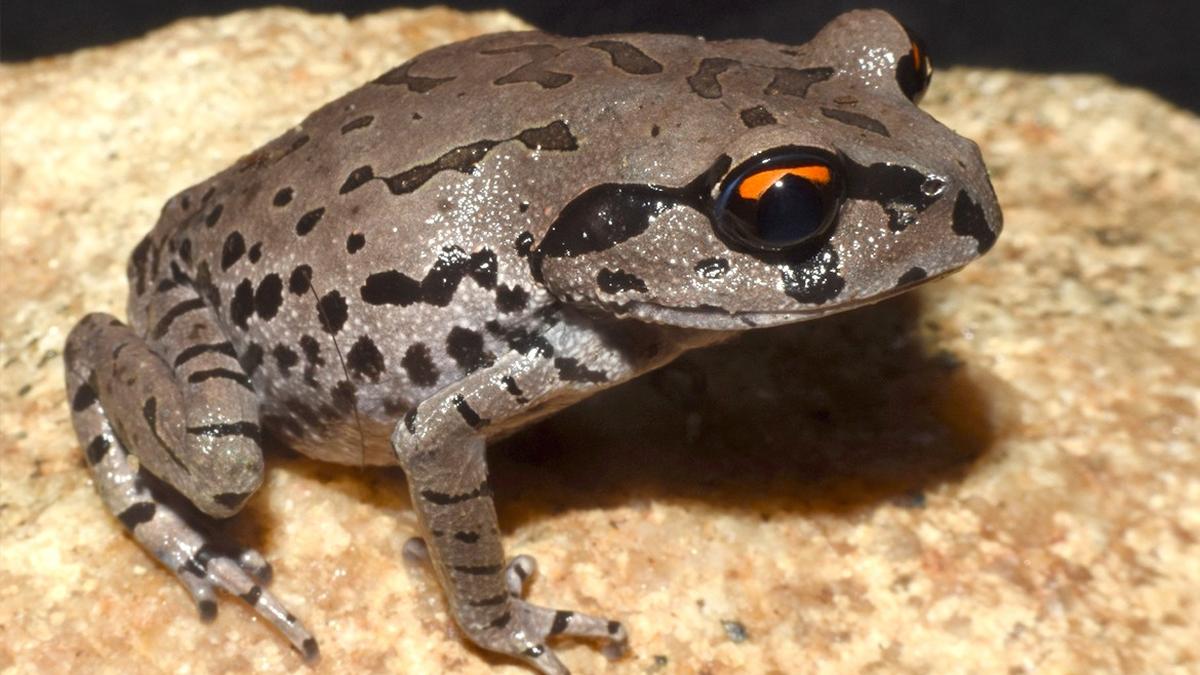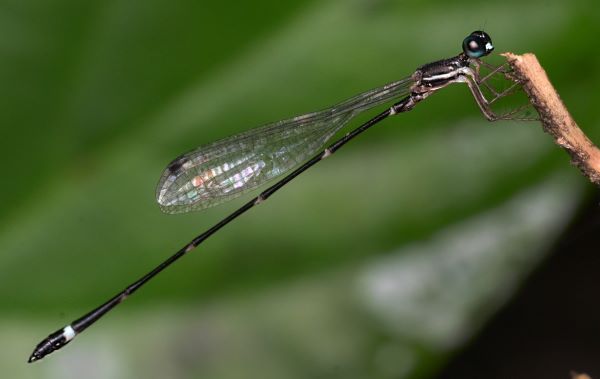
Academic researchers have recently made breakthroughs in understanding the venom fabric of Pope’s Pit Viper (Trimeresurus popeiorum) which exists as a nighttime snake throughout Northeast India along with Southeast Asian territories. The venom consists of 106 proteins which organize into 12 toxin families and mainly contains enzymes leading to tissue breakdown and blood coagulation problems and localized bleeding. Specific antivenom against Pope’s Pit Viper venom is currently challenging for healthcare providers to manage its effects.
-
India contains an extensive variety of dangerous snake species with the well-researched "Big Four" group consisting of Russell's Viper,, Saw-Scaled Viper, Spectacled Cobra and Common Krait.
-
Scientific research has not documented the venom properties of the enigmatic Pope’s Pit Viper snake.
-
This tree-dwelling snake stays active at night in the forests of Northeast India and Southeast Asia although it receives insufficient attention from researchers.
-
A current research led by Prof. Ashis K. Mukherjee and his crew investigated this difficult viper species to reveal vital data about its venomous properties which advances medical response development.
Species Description
General Characteristics
-
The Viperidae family contains Trimeresurus popeiorum which local people refer to as Pope's pit viper, Pope's green pit viper, Pope's tree viper and Pope's bamboo pitviper.
-
The species has its natural habitat in Northeastern India as well as Myanmar, Thailand, Laos but may also exist in Nepal and China.
-
Trimeresurus popeiorum lives in mountain forests then carries out its daily activities at night while staying in tree branches.
-
Being threatened leads this species to start vibrating its tail for defense.
Physical Description
-
The total body length of this species reaches 770 mm (30 in) and its tail measures 170 mm (6.7 in).
-
Body coloration: Green dorsally, pale green to whitish ventrally, with a bright ventrolateral stripe (orange/brown and white in males, white in females).
Naming
-
The species name popeiorum honors Clifford H. Pope and Sarah H. Pope.
Key Toxic Components
-
Snake Venom Metalloproteinases (SVMPs):
-
The venom initiates blood stoppage while destroying tissue structures during the process of blood clotting impairment.
-
-
Serine Proteases (SVSPs):
-
Blood coagulation remains hindered by this venom action which raises the potential for dangerous bleeding.
-
-
Phospholipases A2 (PLA2s):
-
The venom triggers muscle injuries with simultaneous inflammation which extends to necrosis.
-
-
Snake C-type Lectins (Snaclecs):
-
The venom modifies platelet responses while causing difficulties in the blood coagulation process.
-
Danger to Humans
-
Because of its highly toxic hemotoxic venom Trimeresurus popeiorum presents major health risks to human beings during its venomous bite.
-
The venom causes bleeding combined with inflammation in addition to cellular injury which requires immediate medical care.
-
IUCN Red List Status: Least Concern
Conclusion
Investigation into Pope’s Pit Viper venom creates a critical foundation for better management practices in Indian snake bites. It has become possible to develop improved antivenom formulations and pharmaceutical breakthroughs because researchers have decoded venom toxicity. This research supports India's target to reduce snakebite mortality by 50% through better medical interventions by 2030. The research work plays an essential part to help transform venom expertise into medicines that save lives as India fights deadly snake bites.



 Leopard Spotted in Asola Bhati Wildlife Sanctuary
Leopard Spotted in Asola Bhati Wildlife Sanctuary Cap-and-Trade Model in Surat Cuts Pollution by 30%, Lowers Regulatory Costs
Cap-and-Trade Model in Surat Cuts Pollution by 30%, Lowers Regulatory Costs New Frog Species Leptobrachium aryatium Discovered in Assam After 21-Year Study
New Frog Species Leptobrachium aryatium Discovered in Assam After 21-Year Study India's First High-Altitude Climate Change Research Centre in J&K
India's First High-Altitude Climate Change Research Centre in J&K Seaweed: A Nutritional Powerhouse from the Ocean
Seaweed: A Nutritional Powerhouse from the Ocean Discovery of New Damselfly Species in Kerala
Discovery of New Damselfly Species in Kerala Gangotri National Park: A Gateway to Himalayan Biodiversity
Gangotri National Park: A Gateway to Himalayan Biodiversity India Achieves Historic Milestone in Renewable Energy Capacity Addition in FY 2024-25
India Achieves Historic Milestone in Renewable Energy Capacity Addition in FY 2024-25 Uttarakhand Forest Department partnered with WWF to install trap cameras in the interiors of forests
Uttarakhand Forest Department partnered with WWF to install trap cameras in the interiors of forests






